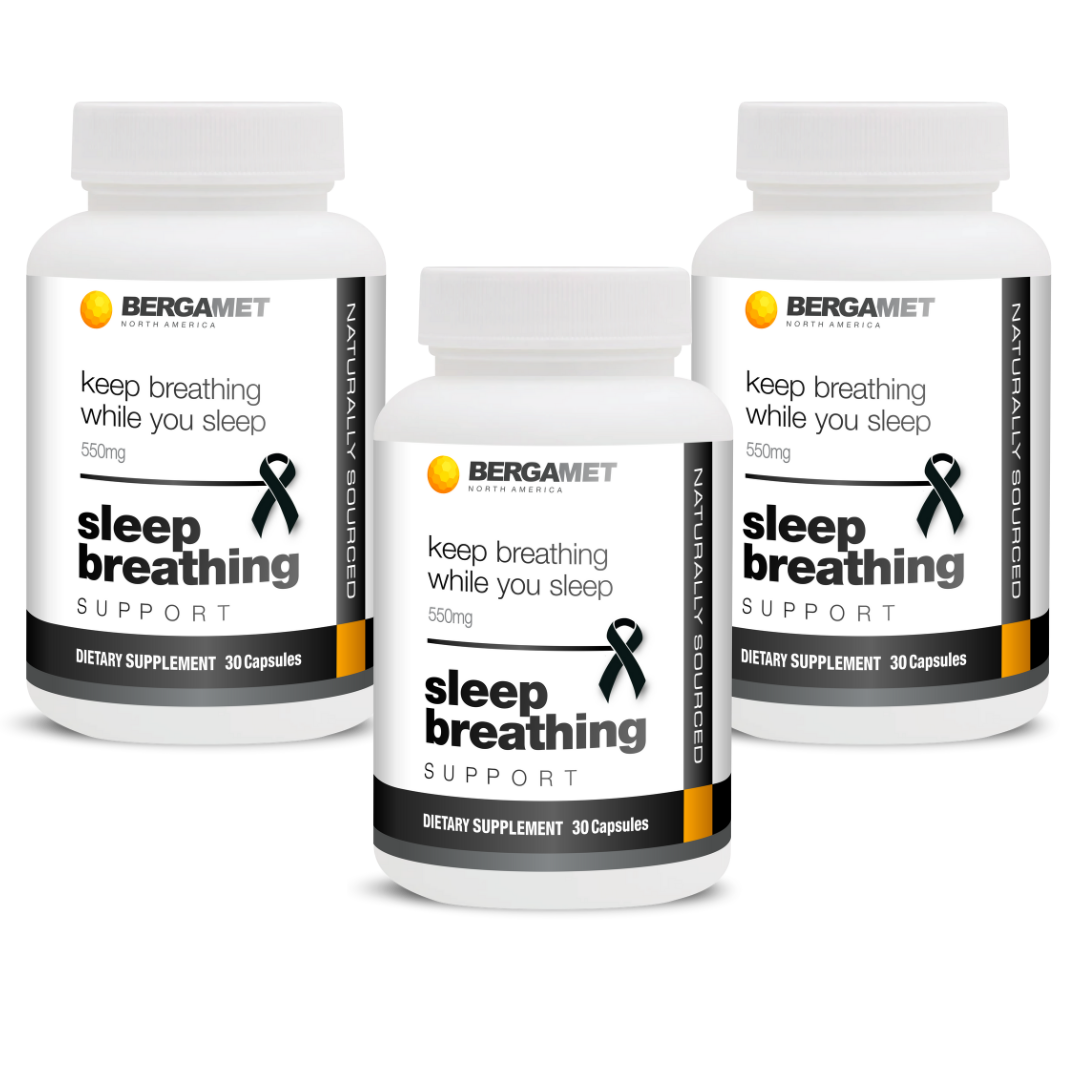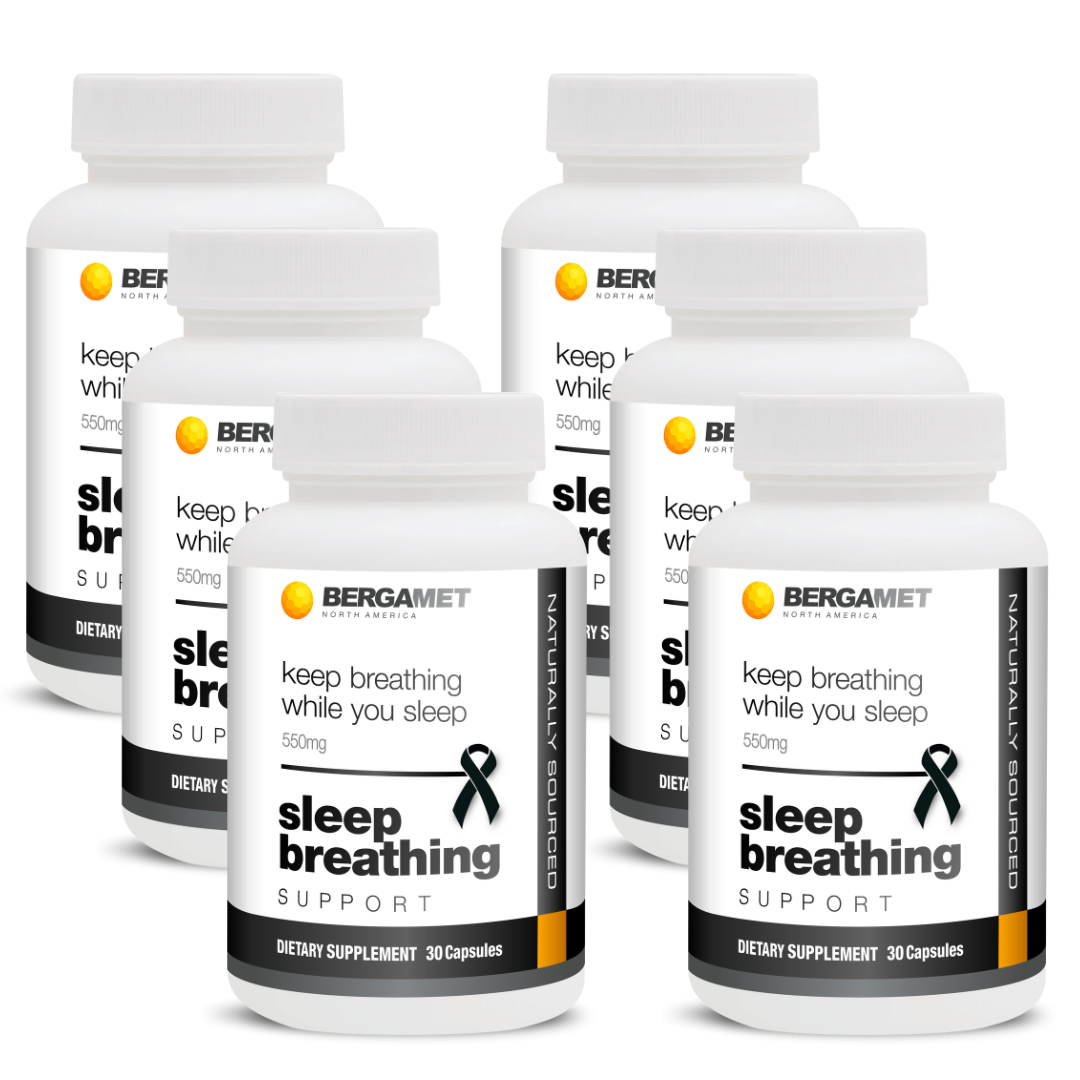BergaMet North America's Satisfaction Guarantee:

We are dedicated to your satisfaction and stand behind our products and services. If you're not happy with your purchase within 60 days, we'll do what it takes to make it right, including reshipment, refund, or any necessary solution.
To receive a refund or exchange, contact our customer service team within 60 days of purchase with your order number and the issue you faced. Our team will guide you through the process for a prompt resolution.
Our commitment is to provide high-quality products and exceptional customer service. This guarantee is our way of demonstrating confidence in our offerings and our commitment to your satisfaction.











